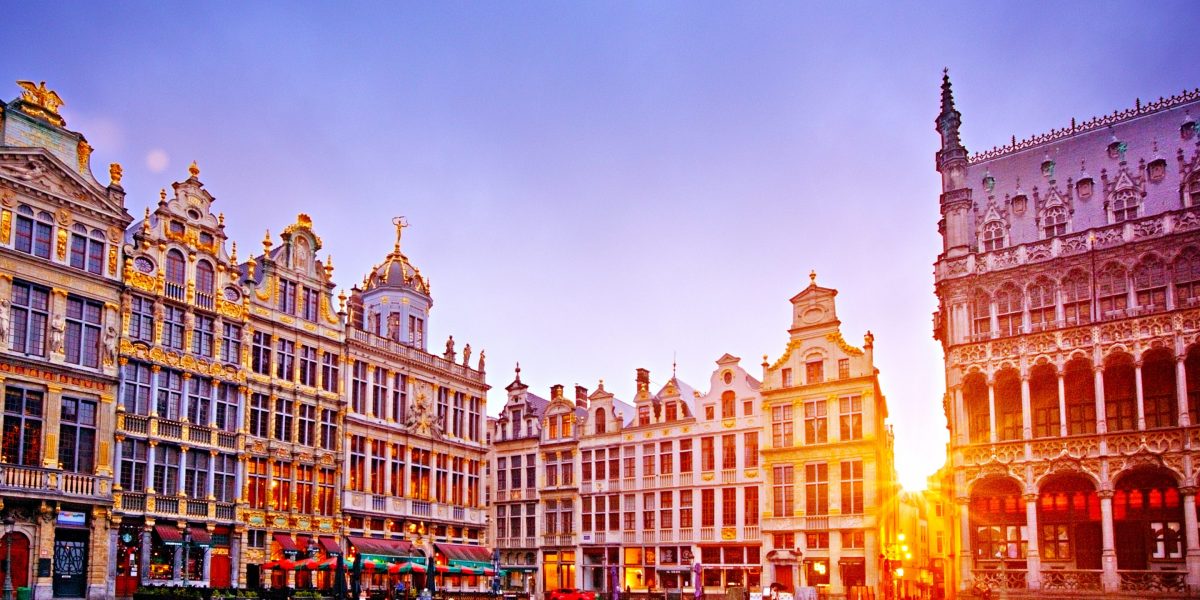Travelers are increasingly opting to skip Europe’s most-visited cities and beachside locales in favor of less-frequented destinations for summer vacations this year. Fresh data shared with Bloomberg by Chase Travel shows that cities with the biggest year-on-year tourism increases this summer include such off-the-beaten-track destinations as Brussels, Munich, Zurich and Warsaw. (The data, based on cardmember spending, shows that the most-booked cities are still London, Paris and Rome.)
The shifting emphasis toward secondary cities largely reflects surging prices in Mediterranean hotspots like the Amalfi Coast as well as record heat on the continent, say industry experts. Soaring inflation put average luxury room rates in Europe above $1,700 in 2023, according to data from Virtuoso, a luxury travel adviser group—almost double 2019’s $900 figure. These record rates are set to climb by an additional 9% this summer, says Misty Belles, Virtuoso’s vice president for global public relations. This is affecting where people choose to book, she says.
“We’re seeing a desire to go to locations or destinations where the rates aren’t so exorbitant,” Belles explains, confirming Chase’s findings. “If you can’t afford Italy, or France or some of the traditional destinations, Belgium is going to be better value.” A search on Google Hotels shows rooms at five-star hotels in Brussels available for less than $500 during the first week of June; in Paris, the price is closer to $900.
Belles also says that travelers are willing to try alternate destinations in the face of Europe’s heat waves. Last year was the continent’s second-warmest on record, and each month of 2024 has brought further records. With the mercury having risen to 118F in places like Sardinia last summer, 75F average highs in Zurich look awfully appealing.
And that’s without considering the crowds.
“Last summer, Europe was so very crowded, on top of being unbelievably hot,” says Belles. The combination has made more people seek destinations further north in Europe, she explains, with bookings at Virtuoso to the Netherlands up 33%, bookings to Austria up 31% and those to Germany 26%.
“Don’t worry about Italy, it’s going to be fine,” Belles says. “But other parts of Europe are starting to attract significant numbers.”
One place where growth has triggered concern is Amsterdam. The city ranks fifth among Chase’s fastest-growing destination cities, despite tourism figures that led the government to launch a “stay away”campaign to discourage mass tourism.
Rebecca Masri, founder of luxury travel app Little Emperors, has a solution for those dead set on returning to old favorites despite prices, weather and crowds: Go after Labor Day. After all, she says, the traditional European summer season no longer feels as if it ends in August.
As she puts it, “Our high season for places like Italy and Greece is now September.”
Here is a list of the fastest-growing summer destinations among Europe’s cities, should you wish to take Masri’s advice.
Europe’s Fastest-Growing Urban Destinations
- Brussels (73% year-on-year growth)
- Munich (63%)
- Zurich (59%)
- Warsaw (55%)
- Amsterdam (54%)
- Vienna (53%)
- Shannon, Ireland (53%)
- Zagreb, Croatia (51%)
- Prague (49%)
- Budapest (48%)
Source: Chase Travel

